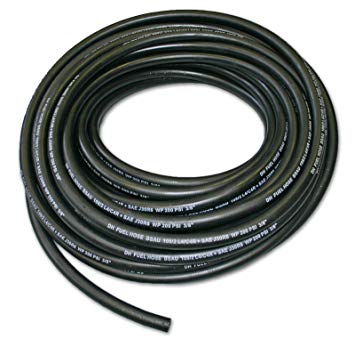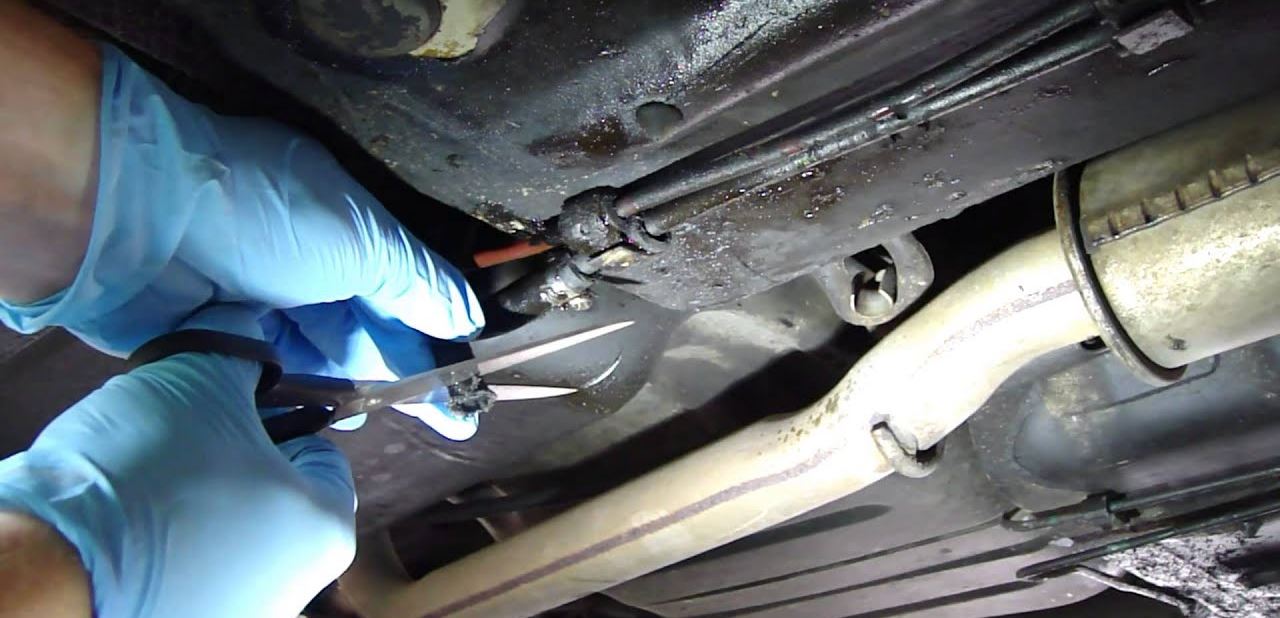Why are fuel lines a big deal for your car in Hamilton?

If you’re running around Hamilton, from Avalon Drive to Chartwell or even out to Morrinsville, you’ll know the stop-start, speed bumps, potholes, and the good old NZ weather test your car’s bits and pieces way more than the average drive. One thing drivers hardly think about is their fuel lines – but honestly, they’re crucial. No fuel line, no go. It’s that simple. Basically, the fuel line’s job is to get petrol or diesel from your fuel tank (and fuel pump) up to the engine. Once it gets there, the engine’s either squirting it in with fuel injectors on a newer Honda Jazz or Suzuki Swift, or mixing it through a carb if you’ve got an old-school Nissan Sunny or even the odd Peugeot 205 we still see coming through.
Without a proper-working fuel line, your engine doesn’t get what it needs, and suddenly your daily run to The Base or your commute from Te Awamutu is a mission. Whether it’s a Toyota Prius or a Kia Carnival, if the fuel can’t get to the engine, you’re calling a tow truck.
So when do you actually need to replace fuel lines?
Fuel lines are usually made from tough rubber or metal, built to handle all types of road abuse in Hamilton – torrential rain, thick fog on SH3, or those blazing days in summer when your steering wheel feels like a frypan. They last a fair while, but nothing’s bulletproof. Bumps, potholes, or even a stray bit of gravel can nick a line, and age or dodgy fuel can clog ’em up as well. We see it more than you’d think, especially in cars that’ve clocked up the Ks or sat idle for a while – like those occasionally-used vans from Cambridge or VWs from Huntly that only come out on weekends.
If you spot a leak or we find one on a WOF Hamilton check, don’t muck around. Petrol and diesel are flammable as, and any leak is risky. Some customers try to ignore it till the car won’t start, but honestly, it’s miles easier (and usually cheaper) to sort it while your car’s still moving, rather than getting stranded at the lights on Victoria Street.
Learn more about the risks of driving with a fuel leak
How do you know your fuel line might be stuffed?
A few classic signs we see in the workshop on just about any brand – from a Subaru Outback to a Mazda Demio or even the odd SsangYong:
- Puddles under the car – If there’s a wet patch under your car (especially after parking up at Pak’nSave), and it stinks of petrol or diesel, chances are you’ve sprung a leak. You’ll likely notice the smell before you see the puddle.
- Gutting performance – Car feels sluggish or doesn’t respond like it used to, especially heading up the hills to Rototuna? A leaking or blocked fuel line can mean your engine’s not getting enough fuel.
- Check engine light on – This one’s universal. When the computer reckons there’s not enough fuel getting through, you’ll get that orange light on the dash. Not always the fuel line, but worth checking.
- No start – If things get bad, you might end up turning the key and getting nothing but cranking. No fuel, no start. Simple as that.
Also, fuel smell can come from other bits too, not just the line. If you want to suss out other causes, have a look here.
Need fuel line help in Hamilton or nearby?
Been noticing drips, smells, or your car just isn’t running like it should? Pop in, whether you’re driving a Honda CR-V or a Renault Koleos. Our team at Grimmer Motors have sorted fuel lines for everything from old Ford Falcons from Tamahere to late-model Mitsis from Ngaruawahia. We’ll check your lines, swap out any dodgy ones, and make sure you’re sorted for whatever the Waikato roads throw at you.
For fuel line replacements and repairs in Hamilton, give Grimmer Motors a shout – we’ll get you sorted fast, so you can get back to enjoying your drive.

